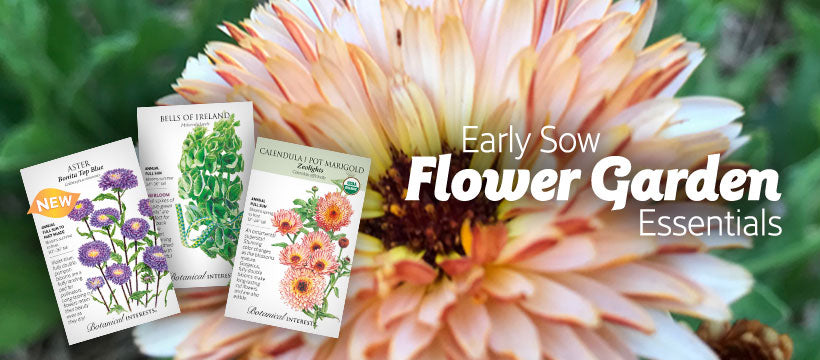Corn is typically pollinated by the wind, having both male (tassels) and female (silks and ear) flowers. Pollen from the tassels needs to land on the silks in order to create a good crop. Tassels emerge from the top of the corn plant, then open to disperse pollen on the silks which emerge lower, from the immature corn ear. Each individual silk is a potential kernel of corn, so if a silk doesn't receive a grain of pollen, no kernel will form in that space on the ear, creating an empty space or "skip". Under ideal conditions, both the tassels and silks emerge at the same time, a synchronicity called "nick". Environmental factors, like drought, can interfere with nick, but even so, there is usually some overlap of pollen drop and emerged silks.
Because corn plantings are usually much smaller in a home garden than on a farm, utilizing a few tricks can ensure your corn ears fill out with few to no skips.
- Once silks have emerged and the tassels have opened and are dropping pollen, simply shaking the plants will improve pollination.
- You can hand pollinate by snapping off a tassel and wiping it on the silks so the pollen makes good contact with the silks. One tassel can be used to pollinate several ears, but if you are growing multi-color corn it is best to use several different tassels to ensure a good mix of colors on each cob.
- You can also sow corn in blocks, rather than long rows, as there is a better chance for pollen to land on a nearby silk when plants are centralized in a block pattern.


